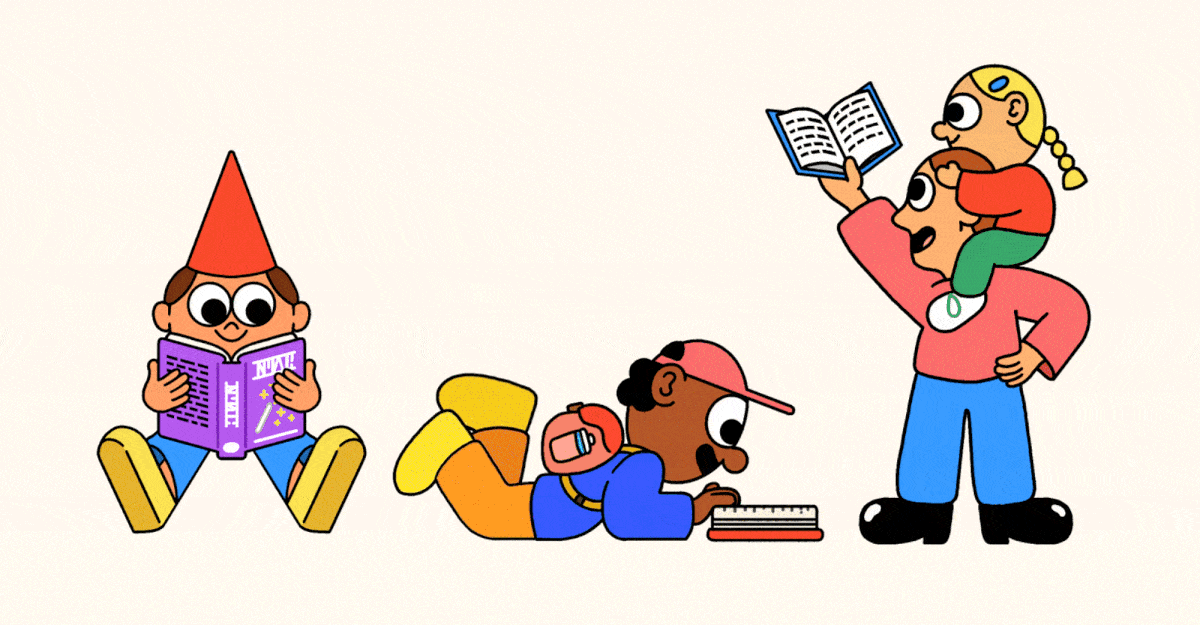
"A picture book is a deceptively complex object: Ideally, it should be mind-expanding, psychologically astute, vividly illustrated, and-the most elusive criterion-fun. It must entertain the child without boring the grown-up to tears. And it should teach children to match sounds to meaning, pictures to objects, cause to effect, without feeling like homework. Finding picture books is easy; the market is glutted with them. The hard part is picking out just the right ones."
"Because children's books vary so much according to age, we decided to limit our scope to titles that lead up to the transition from listening to an adult's narration to reading independently: illustrated stories without long chapters, meant to be shared. We then asked authors, librarians, and other experts for suggestions and debated works among ourselves, stress-testing both classics and newer books to come up with our final list-of titles you know and those you should."
A picture book should be mind-expanding, psychologically astute, vividly illustrated, and fun while teaching sounds-to-meaning, picture-to-object, and cause-to-effect without feeling like homework. The market contains many picture books, so selecting the right titles is challenging. The focus is on illustrated stories without long chapters that bridge listening to an adult and the transition to independent reading. Authors, librarians, and other experts contributed suggestions and works were debated and stress-tested. Historical trends include a 1955 creative peak, bold 1960s–70s aesthetics, and 21st-century diversification into migrant journeys, grief, and global folktales. Chosen works exemplify artistry, voice, or complexity and are meant to be cherished.
Read at The Atlantic
Unable to calculate read time
Collection
[
|
...
]